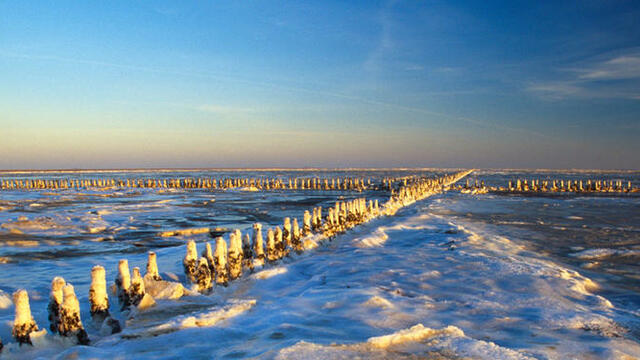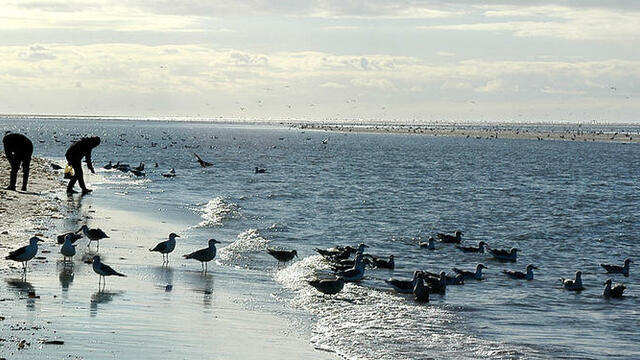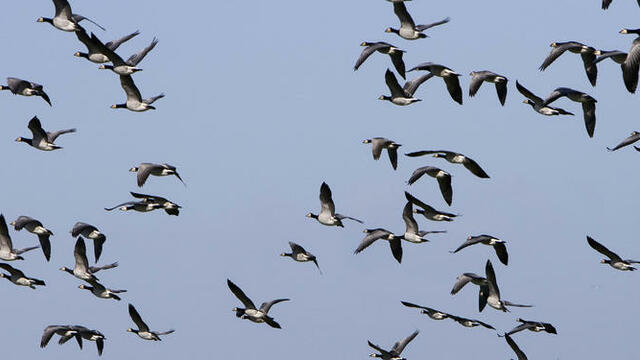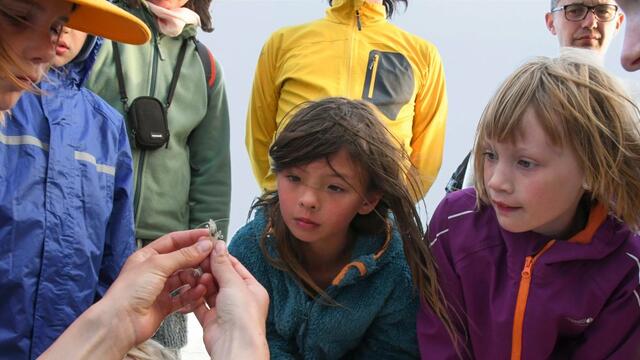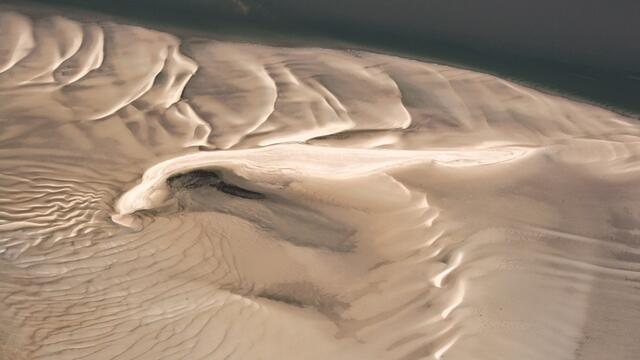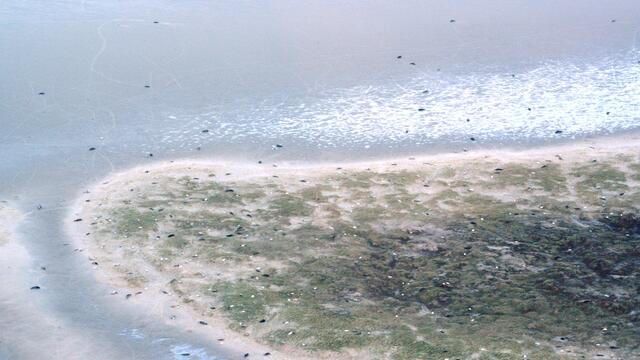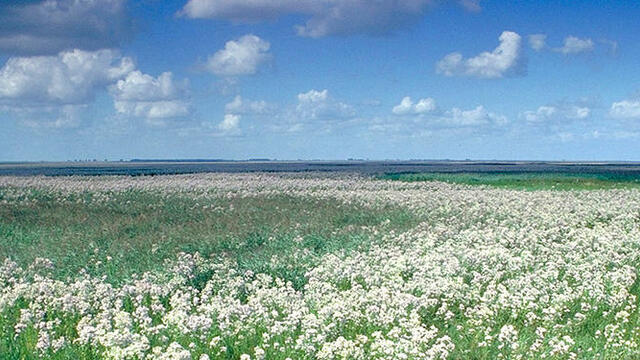
Discover the salt marshes – one of the most valuable natural habitats in Denmark. They provide food and shelter for hundreds of species of wildlife. The beauty of these natural features along the Danish coast also inspired the Golden Age painters in the seventeenth century. When travelling in autumn, plan to experience the ‘Black sun’, thousands of starlings dancing in the sky. Margrethe Kog at Tøndermarsken is an important bird sanctuary.

